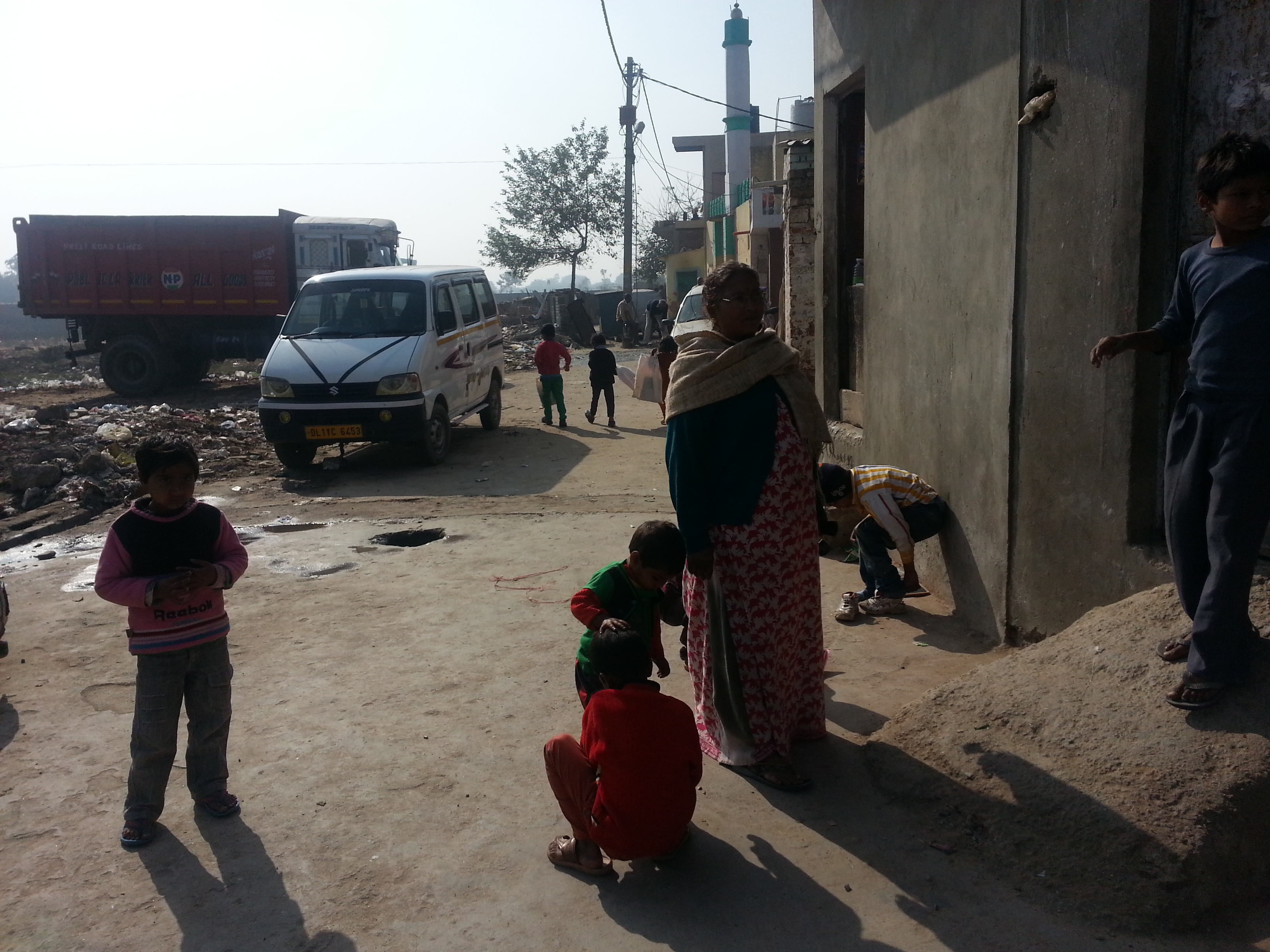
The civil registration system in India has a lot to be improved and would require a huge effort and time. A need for having an alternate source of such information was felt. The Government of India, in the late 1960s, initiated the Sample Registration System (SRS).
SRS aims to provide reliable estimates of birth and death rates for the States and also at All India level. Following features of SRS ensure the completeness of vital events reporting:
1. A representative sample of the population is covered and NOT the WHOLE population
2. It is based on Dual – record system:
a. First a baseline survey of sampled units is done
b. This is followed by continuous enumeration of vital events of the areas by an enumerator (who is a volunteer from the community)
c. Independent retrospective 6-monthly surveys are done for recording births and deaths which occurred in the preceding 6 months and the number is matched with the one reported by the enumerator
Not only the numbers of vital events should match, it is also verified if the births and deaths reported by the enumerator are the same ones which the survey has found out. This is called as ‘Matching of events’ by the observer
At present, the Sample Registration System (SRS) provides reliable annual data on fertility and mortality at the state and national levels for rural and urban areas separately. In this survey, the sample units, villages in rural areas and urban blocks in urban areas are replaced once in ten years
Various birth and death rates calculated for India and State levels are based on SRS data only;
Birth rate, death rate, IMR, Total Fertility Rate, sex ratio at birth and in 0-4 yr age group, Child Mortality rate, institutional deliveries etc.
